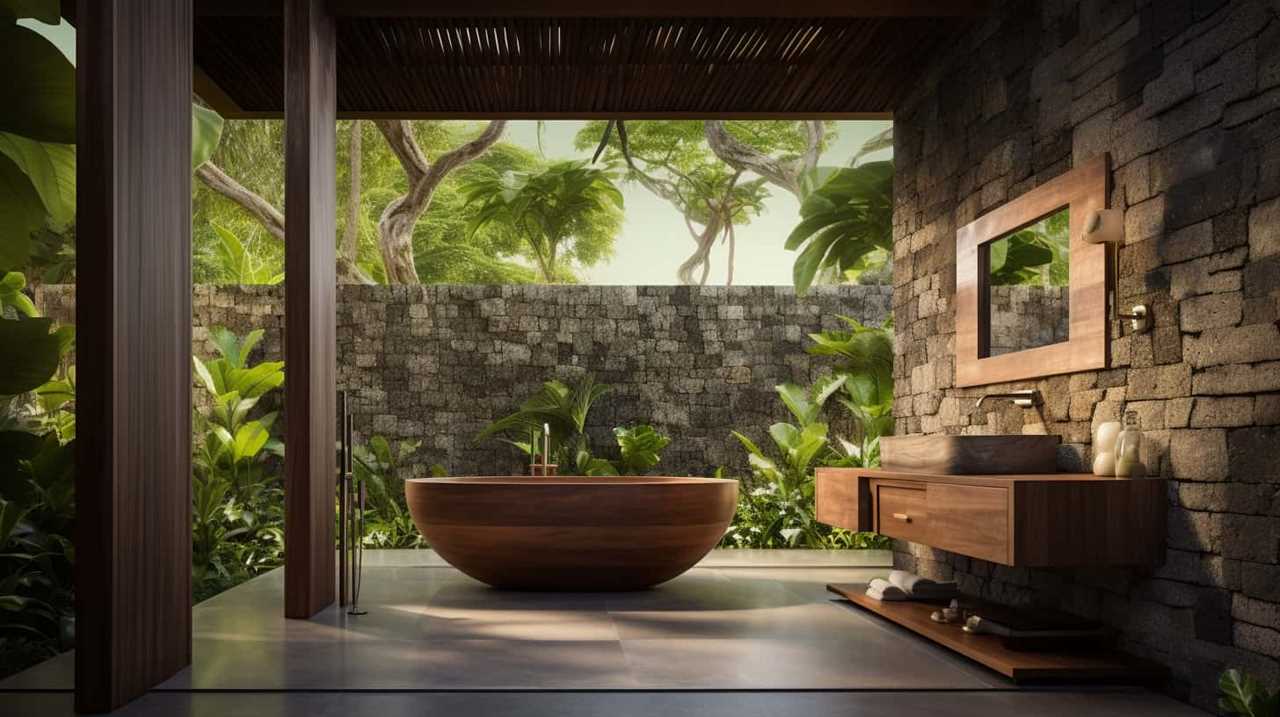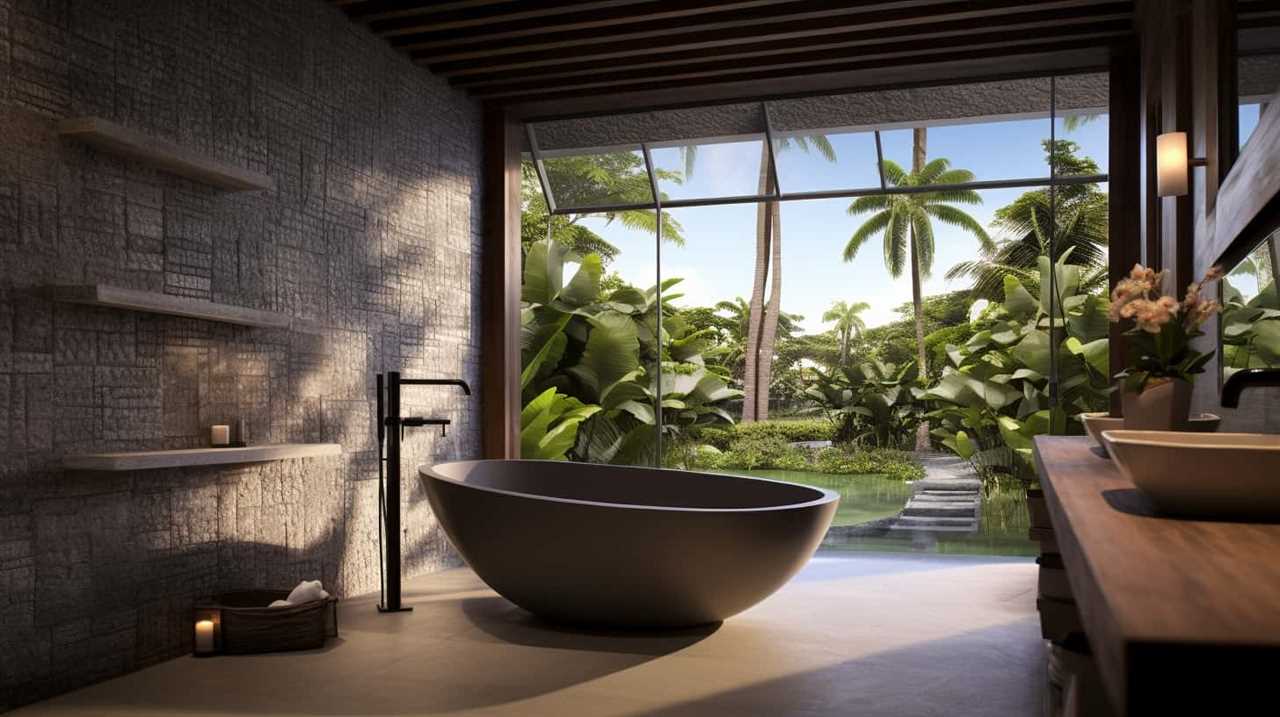Welcome, everyone, to our complete guide on shower faucets for the bathroom.
Today, we embark on a journey to explore the various types of shower faucets, key factors to consider when choosing one, popular finishes, installation options, and maintenance tips.
Join us as we delve into the world of these essential bathroom fixtures, providing you with the knowledge and expertise you need to master the art of selecting and maintaining the perfect shower faucet.
Let’s dive in!
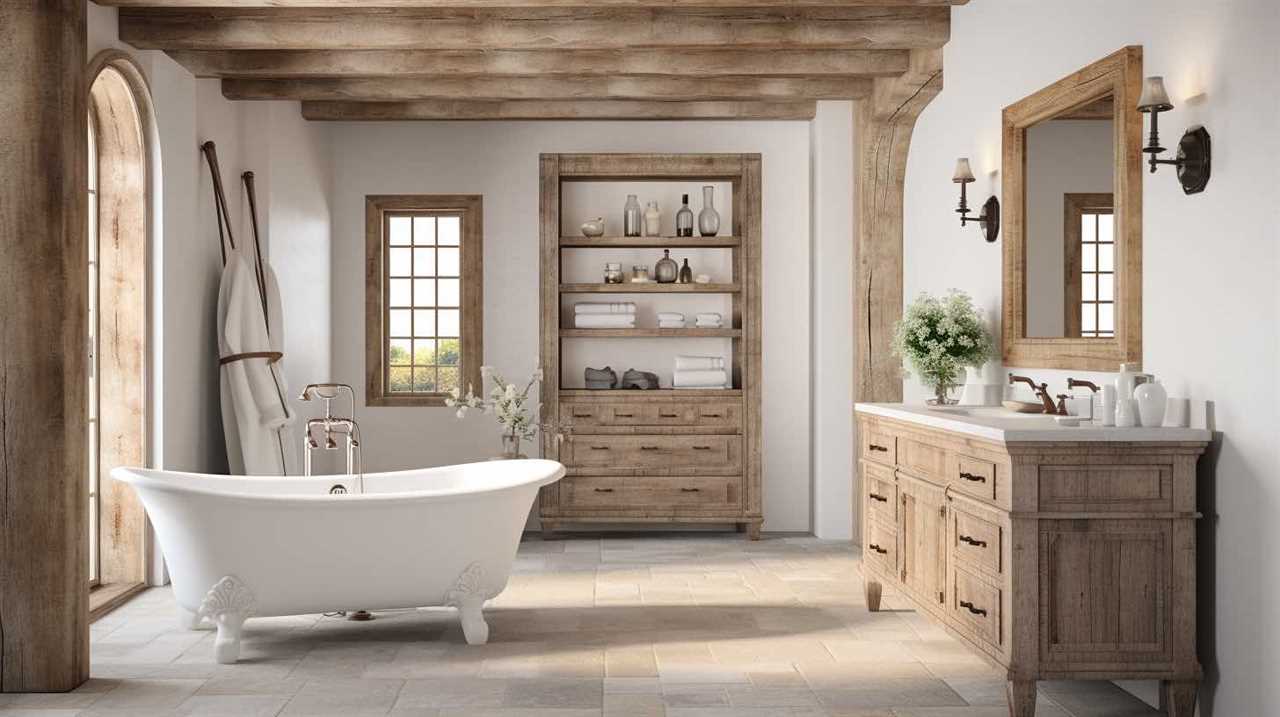
Key Takeaways
- There are different types of bathroom shower faucets, including single-handle, dual-handle, and thermostatic faucets, each offering different features for temperature control and water flow.
- When choosing a shower faucet, it is important to consider factors such as budget, water pressure requirements, and the quality of materials used in the faucet.
- Popular finishes for shower faucets include matte black, brushed nickel, chrome, and oil-rubbed bronze, each offering a different aesthetic and level of durability.
- Shower faucets can be installed in different ways, including wall-mounted, ceiling-mounted, and tub-mounted installations, and it is recommended to seek the assistance of a professional plumber for proper installation. Regular maintenance and cleaning are necessary to ensure optimal performance and longevity of the faucets.
Types of Bathroom Shower Faucets
There are three main types of bathroom shower faucets that we commonly install. When considering which type of faucet to choose, it’s important to take into account water pressure considerations and eco-friendly options.
The first type of bathroom shower faucet is the standard single-handle faucet. This faucet allows for easy temperature and water flow control with just one handle. It’s a popular choice for its simplicity and functionality.
The second type is the dual-handle faucet. This faucet offers separate handles for hot and cold water, allowing for more precise temperature control. However, it may require adjusting both handles to achieve the desired temperature.
Lastly, there’s the thermostatic shower faucet, which provides precise temperature control and maintains a consistent water temperature even if there are changes in water pressure. This type of faucet is ideal for households with fluctuating water pressure.
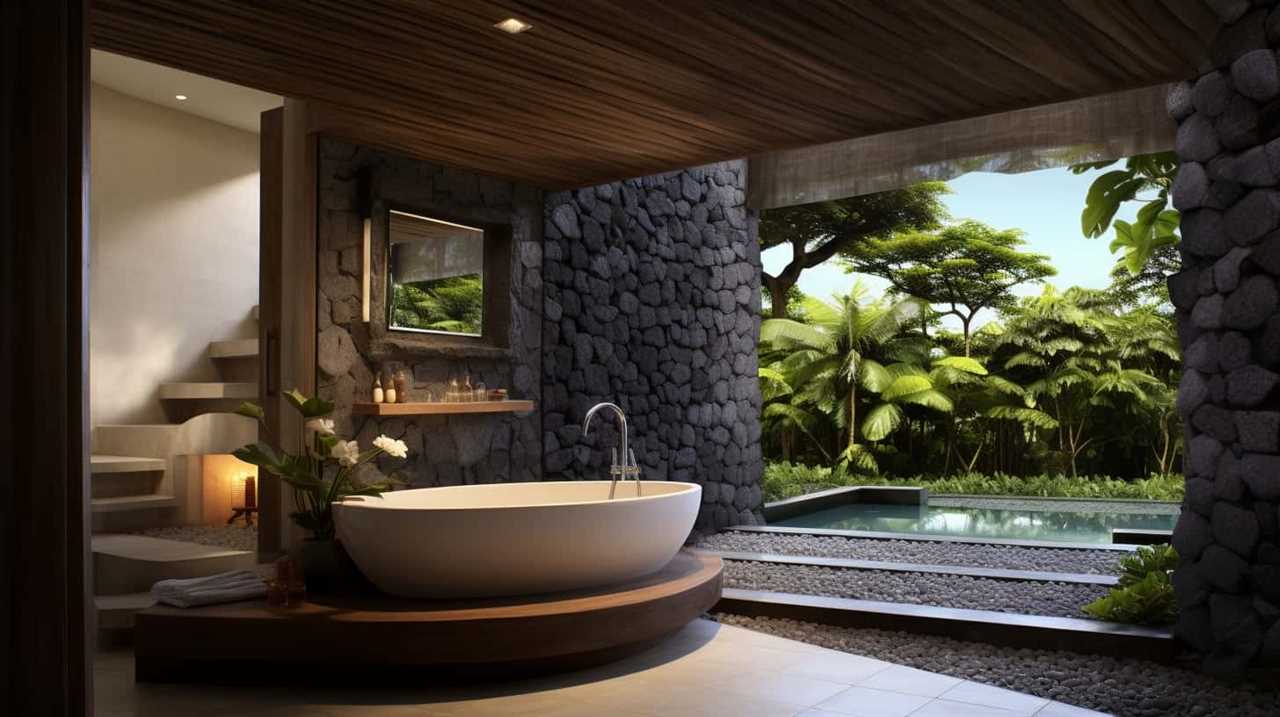
When it comes to eco-friendly options, consider choosing a shower faucet with a water-saving feature such as a low-flow aerator or a showerhead with a flow restrictor. These features help conserve water without compromising your shower experience.
Factors to Consider When Choosing a Shower Faucet
When considering which shower faucet to choose, we take into account several factors that are important for ensuring the best shower experience. Two key factors to consider are the price range and water pressure requirements for shower faucets.
Firstly, the price range for shower faucets can vary greatly. It’s important to set a budget and determine how much you’re willing to spend. Keep in mind that higher-priced faucets may offer more features and better quality materials, but it’s still possible to find affordable options that meet your needs.
Secondly, water pressure requirements are crucial for a satisfying shower experience. Different faucets have different water pressure capabilities, so it’s essential to consider your home’s water pressure system and choose a faucet that’s compatible. Some faucets may require higher water pressure to function optimally, while others may work well with lower pressure systems.
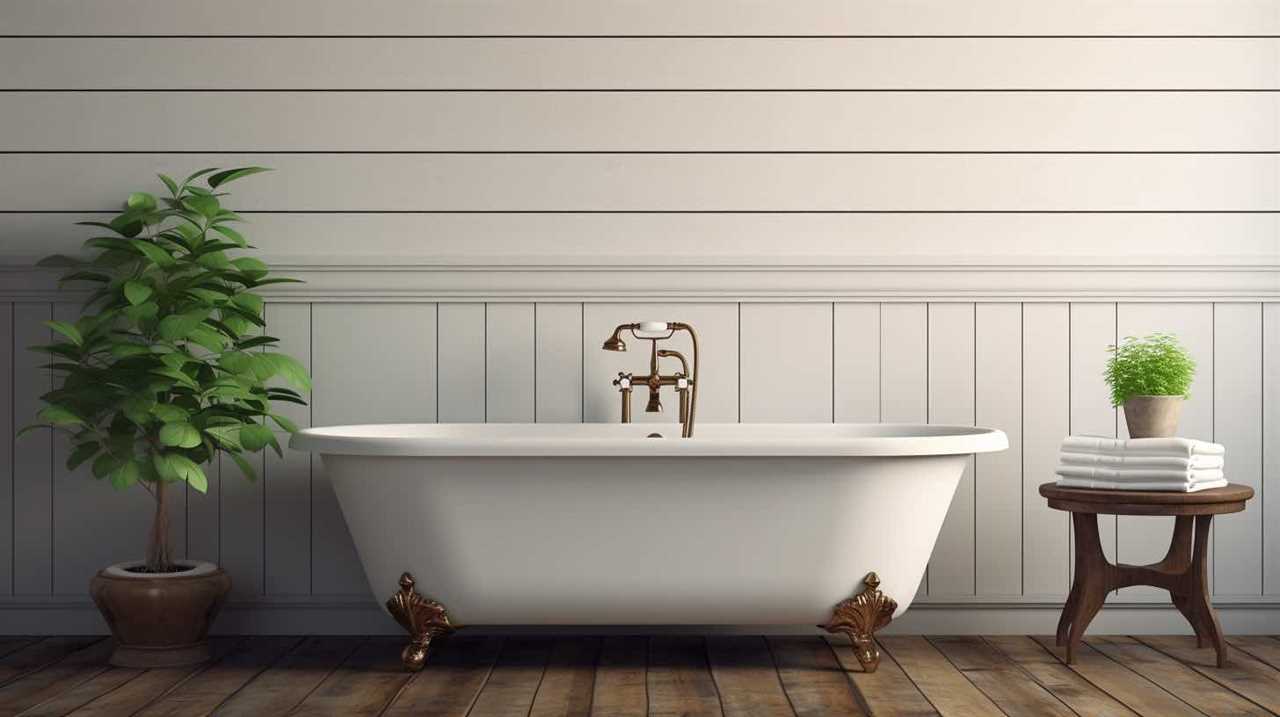
Taking these factors into account will help you choose the right shower faucet that fits your budget and ensures an enjoyable shower experience.
Popular Finishes for Shower Faucets
To continue our exploration of shower faucets, let’s now delve into the popular finishes available for these essential bathroom fixtures.
One popular finish that has gained traction in recent years is matte black. This finish offers a sleek and modern look to any bathroom. Pros of matte black shower faucet finishes include their ability to hide fingerprints and water spots, making them low maintenance. However, one potential con is that they may show scratches more easily compared to other finishes.
On the other hand, there’s been a notable trend towards brushed nickel shower faucet finishes. This finish provides a timeless and elegant appearance. It’s resistant to tarnishing and corrosion, making it a durable choice. Additionally, brushed nickel offers a warm and inviting feel to the bathroom.

Installation Options for Shower Faucets
Our preferred method of installation for shower faucets is through a professional plumber’s expertise. A plumber has the knowledge and experience to ensure that the installation is done correctly and that all necessary connections are made. Additionally, a plumber can provide guidance on the best shower faucet materials to use for your specific needs.
When it comes to installation options for shower faucets, there are a few things to consider:
- Wall-mounted installation: This is the most common installation method, where the faucet is mounted on the wall above the bathtub or shower.
- Ceiling-mounted installation: This option is ideal for those who prefer a rain shower experience, as the faucet is mounted on the ceiling directly above the shower area.
- Tub-mounted installation: For those with a bathtub and shower combination, the faucet can be installed directly on the tub itself.
Maintenance Tips for Bathroom Shower Faucets
Taking care of bathroom shower faucets is essential to ensure their longevity and optimal performance. Regular maintenance and cleaning are necessary to prevent common problems such as leaks, clogs, and reduced water flow. Here are some effective cleaning techniques and tips to keep your bathroom shower faucets in top condition:
| Cleaning Technique | Frequency | Notes |
|---|---|---|
| Remove mineral deposits with a vinegar solution | Once every 2-3 months | Avoid using abrasive cleaners that can damage the finish |
| Clean the aerator | Once every 6 months | Remove and soak in vinegar to remove sediment buildup |
| Inspect for leaks | Monthly | Check for any signs of leaks and repair promptly |
Frequently Asked Questions
How Do I Know if My Shower Faucet Needs to Be Replaced?
If the shower faucet is leaking, making strange noises, or has decreased water pressure, it might need to be replaced. Regular shower faucet maintenance can help prevent these issues.

Can I Install a New Shower Faucet Myself or Do I Need to Hire a Professional?
Installing a new shower faucet can be a DIY project if you have the necessary skills and tools. However, hiring a professional ensures proper installation and reduces the risk of mistakes. The cost of hiring a professional varies depending on the complexity of the job.
Are There Any Specific Regulations or Guidelines for Installing Shower Faucets in My Area?
There are specific regulations and guidelines for shower faucet installation. It is important to follow the requirements set by your area’s authorities. Additionally, it is crucial to adhere to standard dimensions for shower faucets.
What Should I Do if My Shower Faucet Is Leaking?
If our shower faucet is leaking, we can try some DIY shower faucet troubleshooting before calling a professional. It may involve shower faucet repair, such as replacing worn-out washers or cartridges.
Are There Any Eco-Friendly Options for Shower Faucets Available?
There are several eco-friendly options for shower faucets available. Using eco-friendly shower faucets can reduce water consumption by up to 30%, leading to significant water and energy savings.

Conclusion
In conclusion, choosing the right bathroom shower faucet is essential for a functional and stylish shower experience.
By considering factors such as type, finish, and installation options, you can find the perfect faucet that suits your needs.
Remember, ‘A stitch in time saves nine,’ so make sure to maintain your shower faucet regularly to prevent any future issues.
Happy showering!
